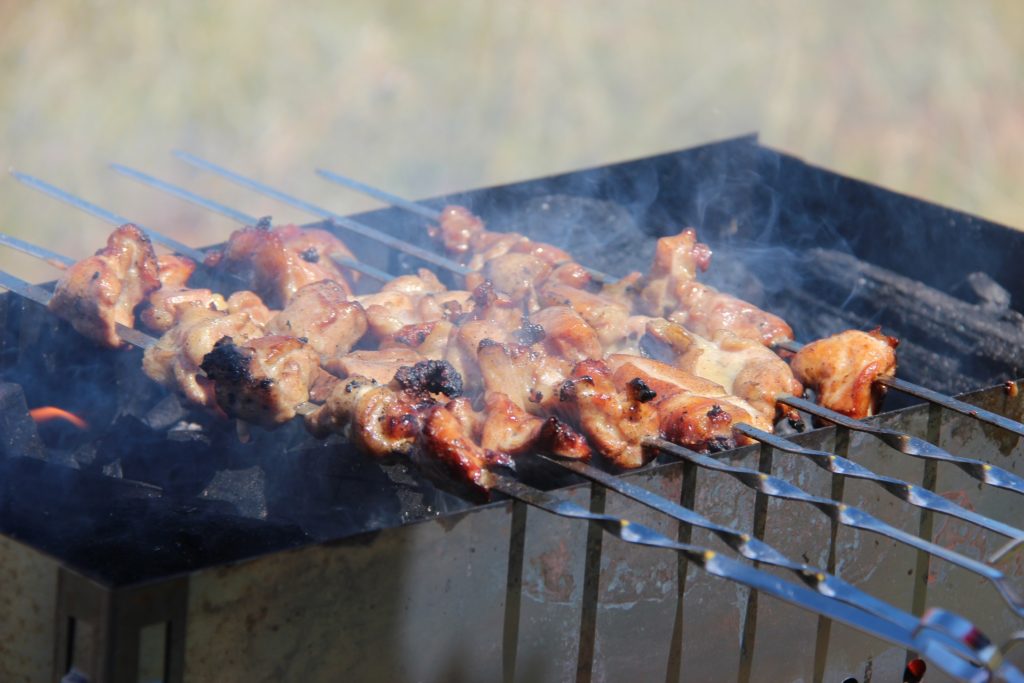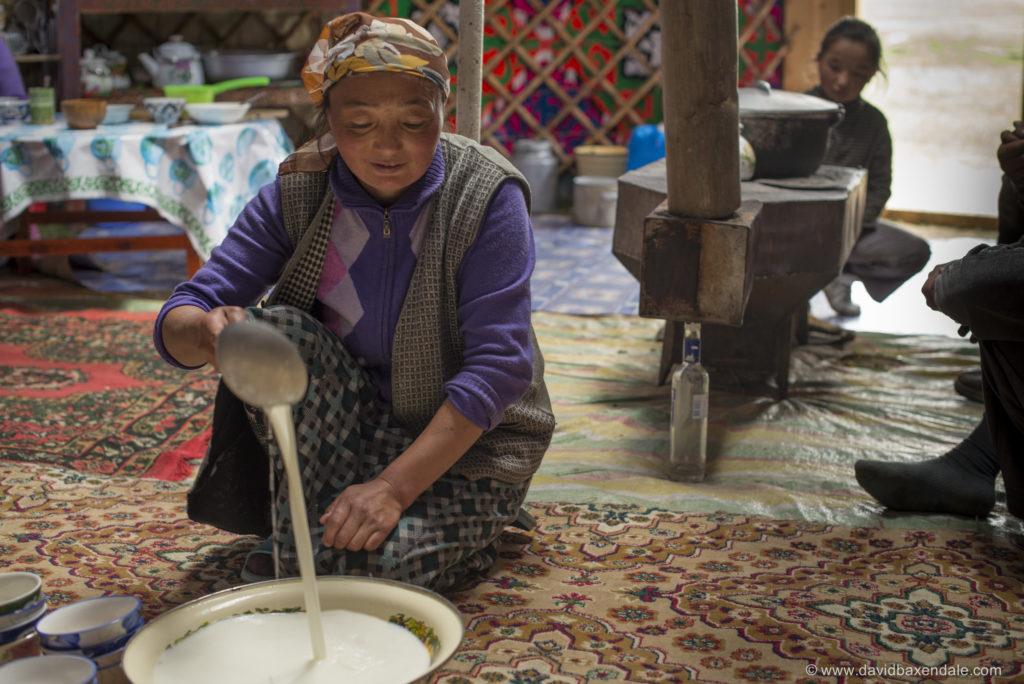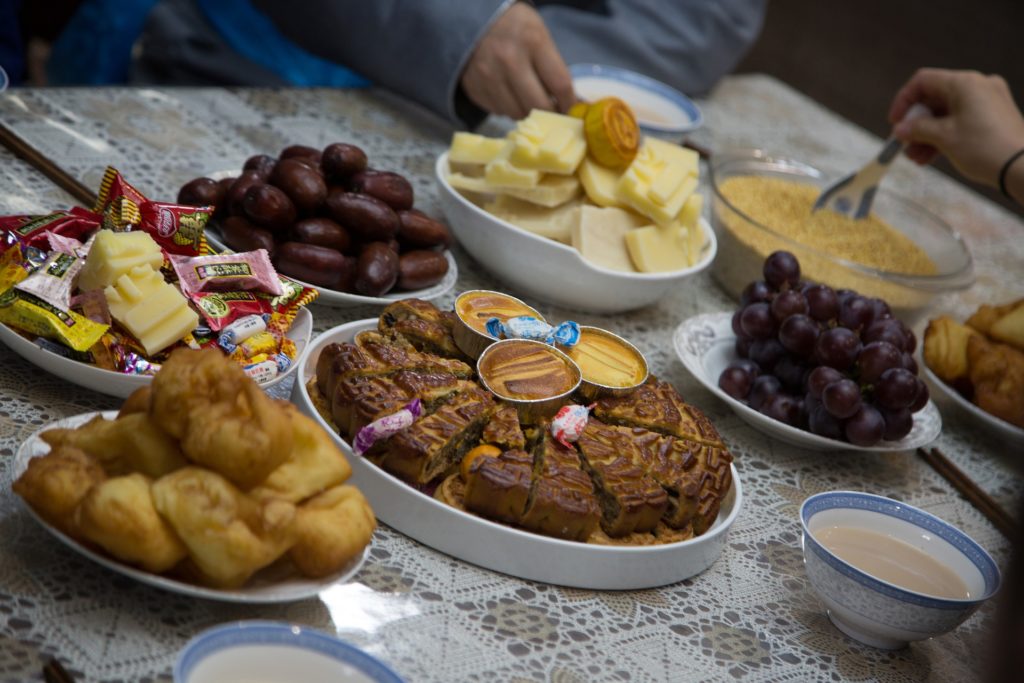Looking for a few facts about Mongolia food and its culture? Most people assume Mongolian foods are similar to East Asian dishes, however, you would be greatly mistaken. Mongolian food is much more closely similar to Central Asian foods and dishes.
From protein-rich diet hardy foods to interesting snacks and biscuits, Mongolian food culture is unique with very simple preparation methods.
East Asian Food vs Mongolian Food
I am sure you have heard of Mongolian grill, Mongolian beef, and other various “Mongolian” foods when eating out at certain restaurants, but it’s not necessarily authentic nor foods Mongolians really eat; the ingredients used greatly differ as well.
East Asian and Southeast Asian Foods are rich in seafood, pork, chicken with a mix of spices and various cooking oils, prepared over a wok. The “Mongolian foods” you eat at Asian restaurants are prepared very differently with ingredients most Mongolians would not use.
Where to find Authentic Mongolian Restaurants
If you truly want to eat out at authentic Mongolian restaurants, then it helps to befriend some Mongolian people, because what a lot of Mongolian people living abroad have in common is missing the foods from home.
If however, you are unable to find any Mongolian people to make Mongolian friends with, you will have to go about it on your own. You might have a lot of difficulties actually finding Mongolian restaurants, but if you happen to come across Kazakh or Kyrgyz restaurants, then the foods served there will be closer to actual Mongolian foods than if you were to go to Chinese, Japanese, Korean restaurants.
Do Mongolians Like East Asian Foods
Of course, Korean, Chinese, and Japanese foods are delicious and if you ever come by Ulaanbaatar, you will find that there are plenty of restaurants around the city.
From teenagers to grown-up adults, people of all ages like to eat out at East Asian restaurants. Korean foods, hot pot, and Japanese-style ramen are becoming very popular in Ulaanbaatar in fact.
Interesting Facts About Mongolian Foods
Anyways, let’s get into the main topic of Mongolian foods. Here are some things to expect.
Protein-Rich Diet
The reason why Mongolians and Central Asians, in general, are taller and bigger than East and Southeast Asians is due to the fact that in Mongolian food culture, protein is readily available.
The livestock such as sheep, goats, camels, horses, and yak, etc outnumber the Mongolian population 20:1, so there is around 60 million livestock in comparison to 3 million of the Mongolian population.
Steak, beef, and other various sources of protein are very cheap and abundant, so when you visit Mongolia, you will surprise how much organic quality meat you could buy for such cheap prices.

You may be wondering whether Mongolian meat is of good quality. Not to worry, since Mongolia has a vast land, the animals roam the countryside freely and live a pretty healthy lifestyle. They are not caged in boxes because the nomads who raise them, love their animals and tend to their animals with care.
Simple Cooking Methods
You must try Boodog, Khorkhog, and other various traditional Mongolian foods. It may shock you how rudimentary and simple the preparation methods are, but yet still taste so delicious!
It mainly has to do with the quality of the meat and ingredients + some love and care with the preparation. Mongolian food culture does not necessarily rely on recipes or exact formulas, people mostly feel the food they are making and play it by ear.
Airag/Kumis Fermented Milk

If the traditional foods don’t make you raise your eyebrow, then the snacks sure will. Mongolian snacks are unique and very weird in their own right.
Fermented Mare’s milk is mostly prepared for the Naadam Festival in July, and you will pretty much see everyone holding a bottle filled with Mare’s milk. The taste is a combination between lemon water and milk, but people have different taste buds. Some people love it, some people hate it.
It does take some getting used to because, for uninitiated tongues, it may taste repulsive, but just like beer it grows on you the more you drink it.
Aaruul, Dried Curd Cookies
This is another snack that foreigners either hate or love because the taste is very unique and weird. Fermented yogurt is dried under the sun in specific shapes and sizes.
Aaruul is like marbles, but with a mix between sour, milky, sugary tastes combined. The reason why a lot of nomads have good teeth and healthy jaws is because of the dairy-rich diets and it takes a lot of work/effort to eat one of these things.
Biscuits For Breakfast

In Mongolian, we call it Boortsog. Boortsog is by frying flour in a pot of oil. A good Boortsog cooker can make one of the most amazing biscuits for breakfast. Boortsog is usually accompanied by other various dairy products that we dip in and eat.
Milk Tea
What the heck is milk tea you might ask? Well milk tea, is exactly as the name suggests. It’s tea mixed with milk, but instead of using sugar, Mongolians like to put in some salt!
For some people, this may seem the complete opposite of a tea, but it’s definitely tea alright, just made a bit differently. Sometimes Mongolians will include fats and sheep tails to give it some flavor. Most foreigners find it weird at first taste, but with each sip, they find themselves coming back for more.
Things To Consider When Travelling
If you are a tourist and happen to make a stop at a nomads’ house, you are more than likely going to get offered snacks, biscuits, and tea. It is very impolite to refuse the foods your host is offering you so you must accept their hospitality.
Even if you are not going to eat the whole thing, at least trying it and appreciating their efforts to feed you and take care of you will go a long way.
In Mongolian traditional culture, it is very important to take care of our guests. Food is an important element of Mongolian culture because whether someone is a stranger or a relative if you have guests, you must prepare some tea, biscuits/boortsog, and some other snacks to present.
